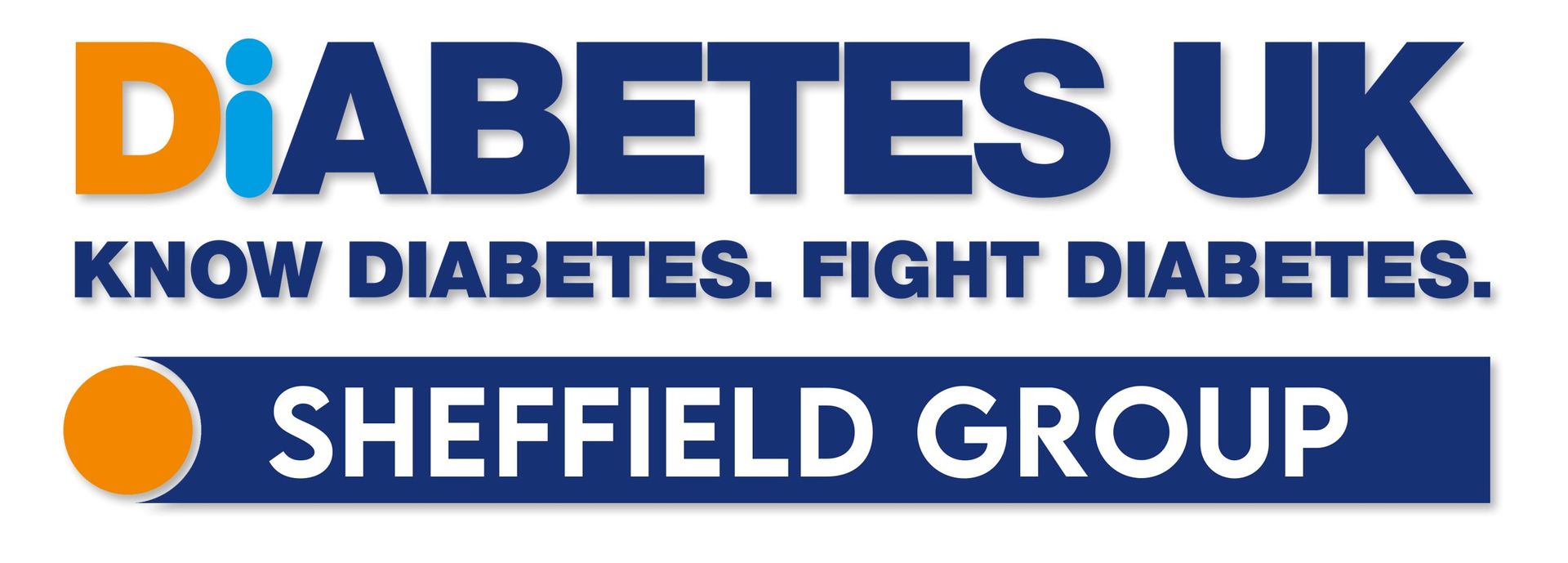At the age of 50 I went for a routine eye test and the optometrist suspected I had developed Type 2 diabetes. The diagnosis was confirmed when I was referred to hospital for more tests. It came as a complete surprise as I had not shown any symptoms, although when I thought back I realised I had been a lot more thirsty than usual. Unfortunately, I must have had the condition for some time without realising it and my eyes had already suffered some damage, meaning that I had to undergo various treatments, including laser therapy to the retina and an injection in one eye, at the Eye Clinic. They did manage to stabilise my eyes but I am left with a certain amount of sight loss which has meant giving up my driving licence.
I started attending the Sheffield Diabetes UK Group meetings, which I found very informative, and, after a while joined the Committee and served as Treasurer for 14 years.
I attended the diabetes clinic at my local GP surgery every few months and after several years my medication was changed from tablets (metformin) to insulin, which I had to inject once a day. I was later told that my kidney function was declining. At first I did not give much thought to this, thinking it was a natural progression of getting older. However, I was soon referred to the Renal Department at the Northern General Hospital and they began to monitor me at regular intervals. At each appointment I would have blood tests and the doctors adjusted my medication.
Apart from the occasional episode of swelling in my legs and my energy level declining, which again I put down to increasing age, I did not feel particularly unwell, so it came as a complete shock when, just before Christmas 2014, a nurse at the Kidney Clinic approached me and said it was time to talk about dialysis. I was devastated, having no desire to spend 3 days a week at hospital undergoing dialysis. The nurse talked to myself and my wife, Glynis, about possible options, including a type of dialysis I could carry out in my own home, and she also mentioned that I may be suitable for a kidney transplant. In the New Year my kidney function actually improved and the threat of dialysis receded, but I knew I had to think seriously about the future as this was probably a temporary reprieve.
Both Glynis and myself started to research treatments for kidney disease. She was particularly keen to be as informed as possible and one day she told me that she had the solution. Having discovered that you did not have to be a blood relative to donate a kidney, she had decided that she would donate one of her kidneys to me. I had been concentrating on working out what type of dialysis would suit me since, even if I went on the transplant waiting list I would probably need dialysis in the meantime. Her announcement came out of the blue and I was not keen on the idea of her having surgery but she had made up her mind.
We both had to undergo lots of tests and there were various setbacks along the way, but on 4 May 2017 (Star Wars Day, and the day after my 65th birthday) we had the transplant operations. The effect on me was immediate, and I regained my energy. We are both now enjoying a fit and healthy retirement. I still have to attend the Kidney Clinic four times a year, and I have to inject insulin on a daily basis. Exercise seems to be the best way to keep my blood sugars at a controlled level.
I would recommend everyone with diabetes to always get all the necessary tests, including eye screening and kidney function tests, and to make sure that they understand the results. Being part of a diabetes support group also helps, as you can keep yourself informed and understand your own condition a lot more.

